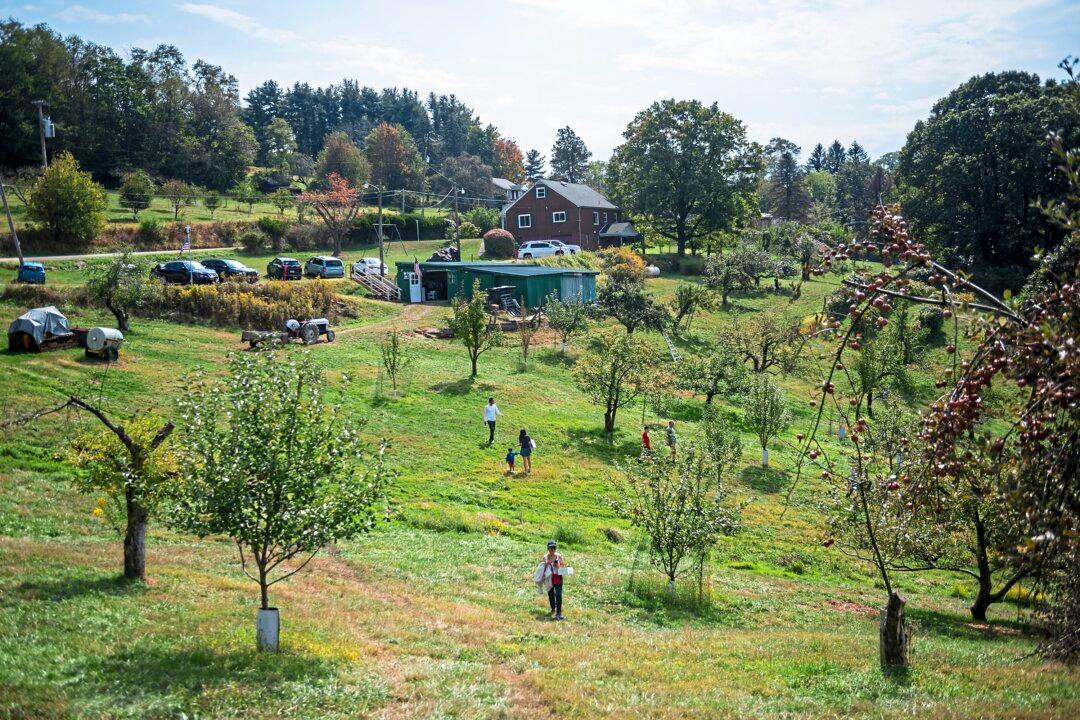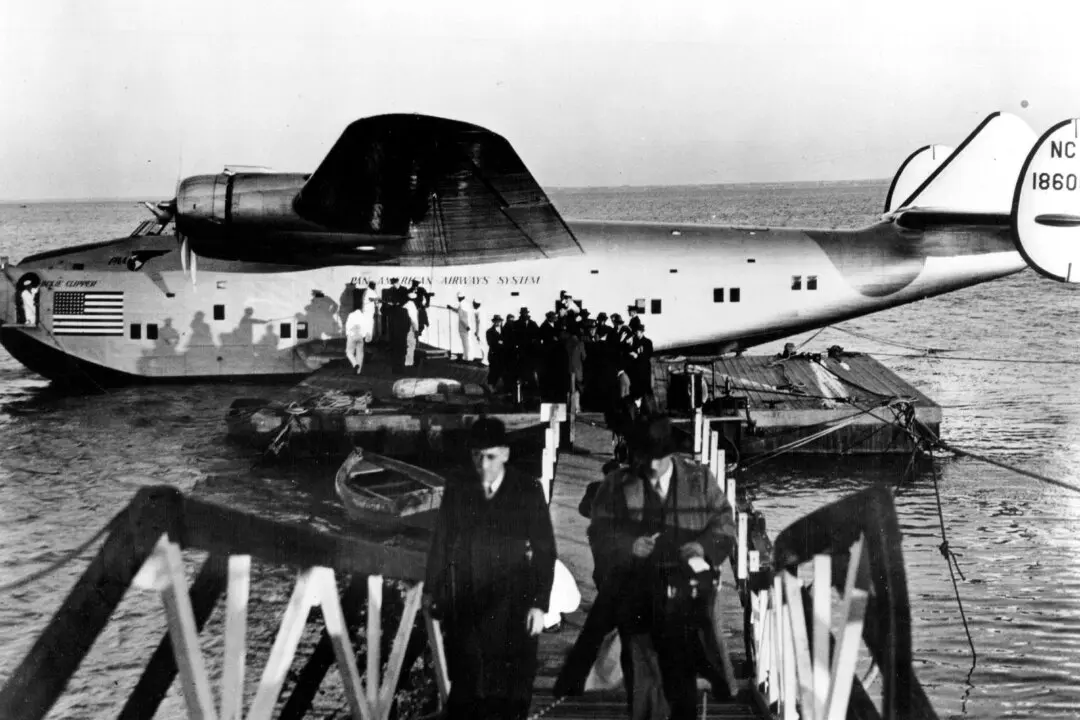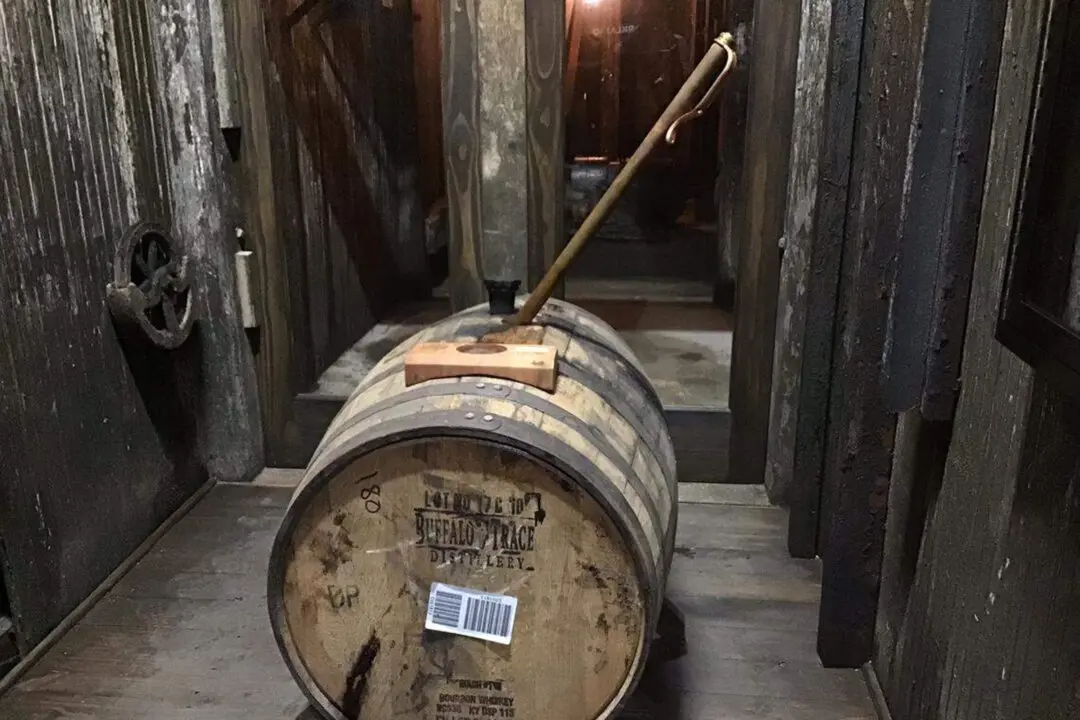By Gretchen McKay
From Pittsburgh Post-Gazette
Pittsburgh—As a registered dietitian and public health professional, Mary Miller has long been focused on bettering the well-being of her community. She’s equally passionate about history, especially as it relates to Pennsylvania’s culinary traditions, heritage and agricultural history.






